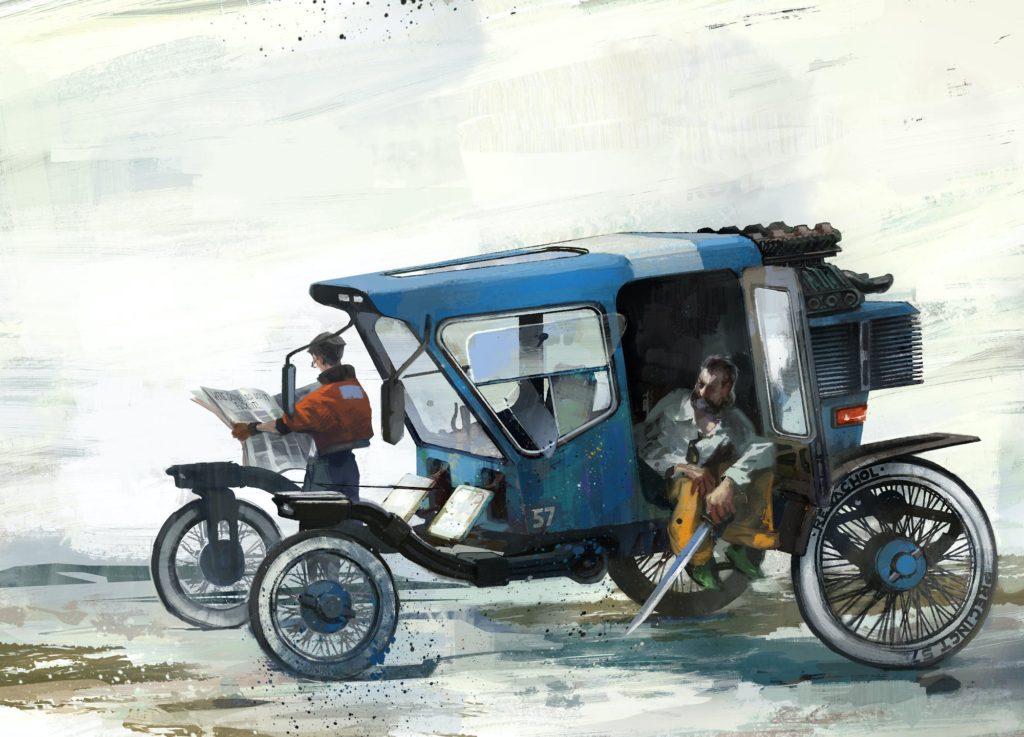
Provided by Studio Zaum
Disco Elysium: The Final Cut Doesn’t Have a Drug Problem
Sometimes things just need a second chance. In 2020, in the middle of a global pandemic and the height of my gaming renaissance spurred on by my recently entering recovery from substance misuse, I decided it was time to purchase a gaming PC. Naturally one of the first games that spoke to me was the one where the developers thanked Marx and Engels when receiving an award, Disco Elysium.
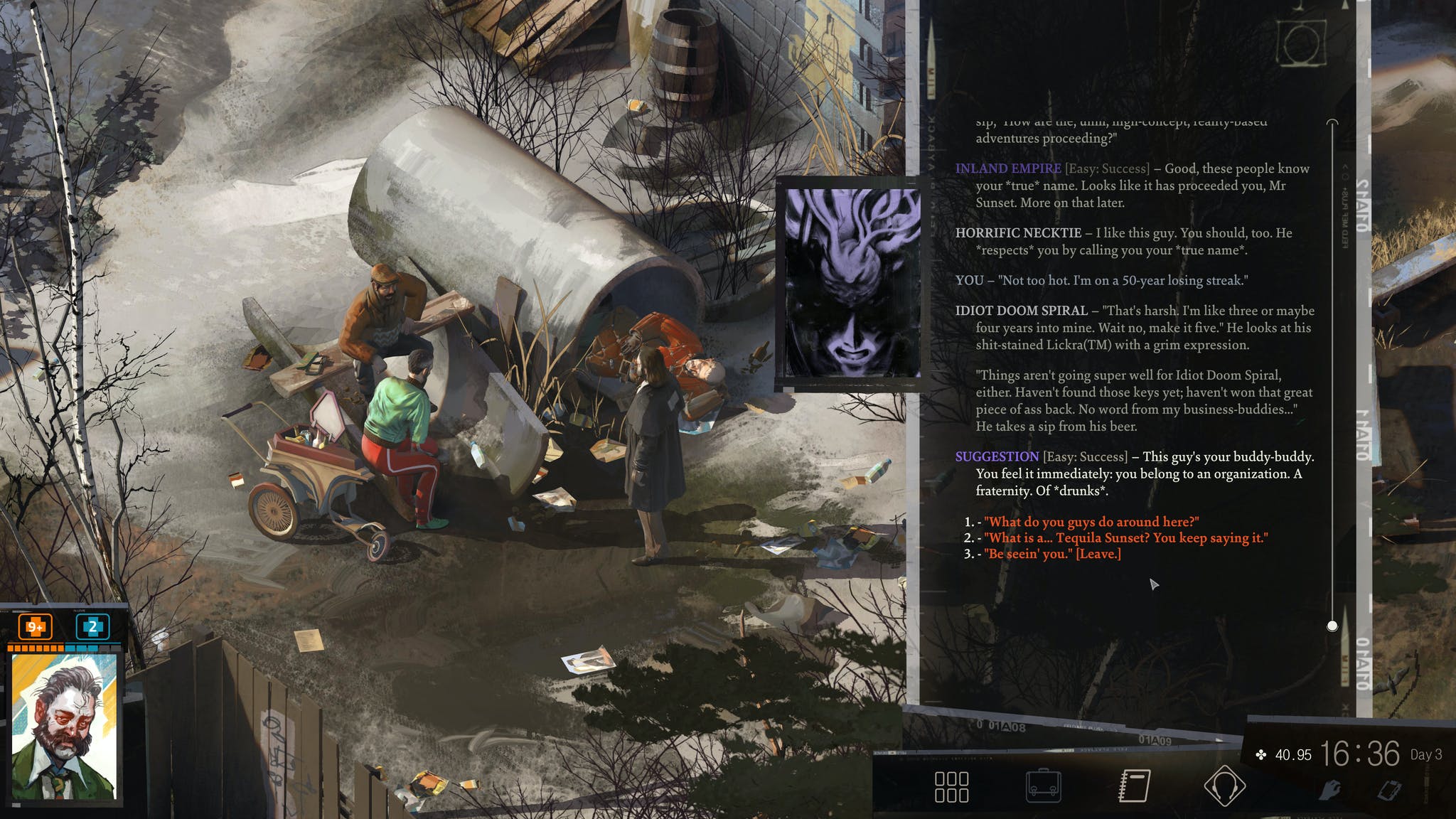
Unfortunately, my first attempt at playing Disco Elysium was unsuccessful. Now, I like reading. I like books. But the years since the 60-hour JRPG’s and the more recent addition of VO in most games left me unable to properly process the gargantuan amount of dialogue early on in Disco Elysium. I moved on to other games. Then one day I saw the trailer for Disco Elysium: The Final Cut. All those beautifully tragic lines of dialogue and thoughts my subconscious relayed were now to be fully voice acted. It was time for a second chance with Disco Elysium: The Final Cut. What I did not expect was Disco Elysium to elicit many of the feelings I had before taking a second chance on myself. This was the first time I felt as a person with a history of substance use disorder I was truly respected by a video game.
Disco Elysium: The Final Cut dispels the stigma around substance use that is prevalent in society today. In the opening scene, Harry Du Bois wakes up in his trashed hostel room, maximumly hungover and completely unable to recall the events that preceded this. You are then given the option of how to feel about this. Harry can celebrate this as some drunken rockstar or deeply regret his previous life decisions, whatever they were, that led to this morning. When you’ve woken up in a similar situation to this multiple times, and grappled with the rush of feelings that comes along with it, you can feel compassion for not only Harry, but yourself as you struggle to find meaning in the remnants of the past few days strewn about the room.
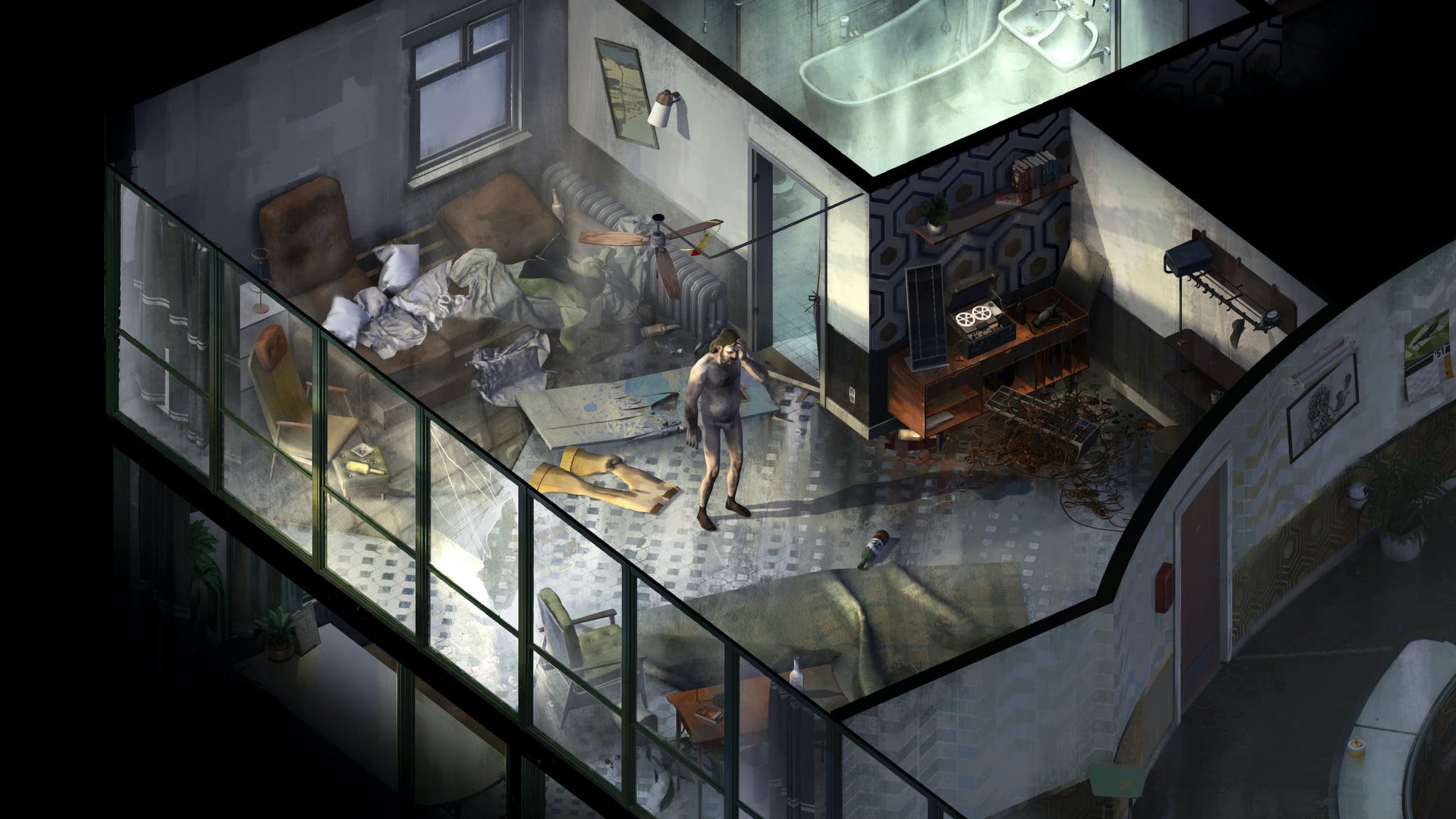
In Disco Elysium: The Final Cut, the game allows you to view your alcohol and substance use as you chose. You can ignore it, embrace it, or face it. It even builds systems to further do this. Of the 24 skills there is one that immediately jumps through the screen; Electro-Chemistry. Its mere existence was something I’ve never seen in a game before, but its description made it even more enticing. “Go to the party planet. Love and be Loved by drugs.” Well, I certainly have had a deep, if not destructive love for drugs in the past and I’ll be damned if there weren’t times where I was sure they loved me back. This was the skill that received any points available to dump for the early portion of my playthrough. This decision proved to be the correct one. Electro-Chemistry elicited the primal urge I’ve felt many times in my personal life to cure my hangover. Harry was encouraged by this portion of his mind to “Find some speed and sniff it.” Like in the real world I had to decide to keep or bury this thought. Naturally I embraced it, and in true fashion returned to what I knew best, I found a way to get high. After procuring and using my newfound speed the resulting dialogue between Harry and his electro-chemistry took me aback. It so closely mirrored my experiences of getting that first fix of the day that I needed to step away from the game for a few minutes.In a world where drug use is typically used to grant me a stat buff, make the screen wobble, or serve as comic relief, the realism with which it is tackled in Disco Elysium: The Final Cut is unique to any game I’ve experienced.
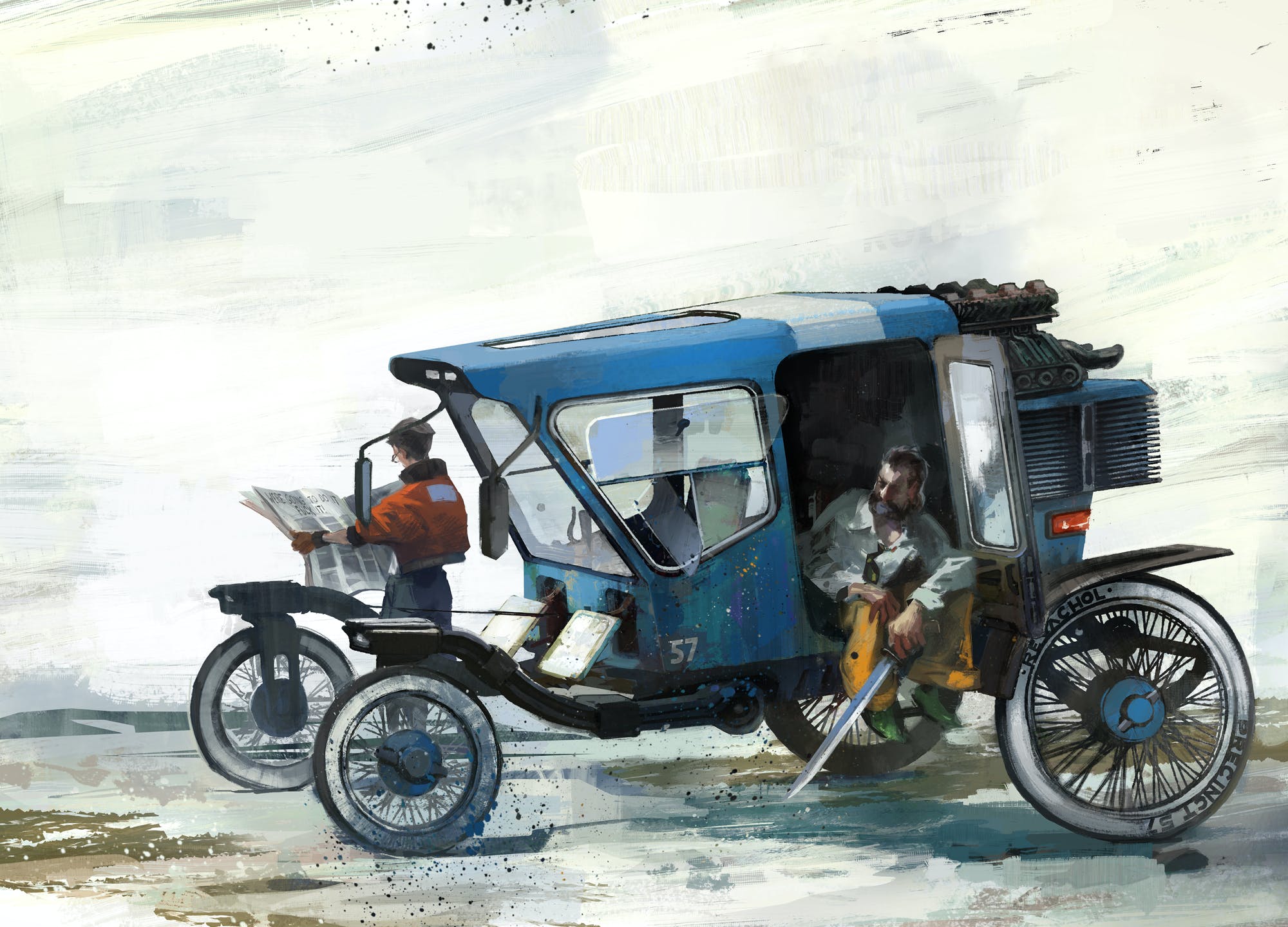
It’s not just the moment to moment experiences that Harry and I shared, but the macro take on drug use communicated throughout Disco Elysium: The Final Cut. There is an attempt at undoing stigmatization of drugs and their use throughout the journey. This is evidenced in the nonplayable characters met along the way. Their dialogue and actions help to normalize drug taking behaviors. Whether its Cindy the Skull mentioning her last “Hep C test”, Doom Spiral talking about what led him from a “successful” life to homelessness and daily alcohol use, the decaying state of bedridden former drug dealer Cuno’s father, or my wonderful, saintlike partner Kim Kitsuragi and his ability to leave judgment to my behaviors aside- the ideas of drug use being everywhere and a normal part of life is central to many of the themes of Disco Elysium: The Final Cut. While these people are typically absent from game narrative, here they are front and center and actively contributing to the overall story of Harry Du Bois.
And then, there is the moment that forever solidified Disco Elysium: The Final Cut as a landmark depiction for drug use in games. In the course of Harry’s investigation he must interview his fellow Whirl-In-Rags hostel resident Klaasje. While going to meet Klaasje, Harry has the opportunity to look inside her medicine cabinet, where he finds multiple substances within. As someone playing the part of Harry most like myself, I indulge in all of them, but one stands out above the rest. NACRA. When asking my partner Kim what this is, he describes NACRA as “an opioid receptor antagonist. It’s used for diamorphine overdoses.” I yelled. I mean I really screamed. This of course was an in-game version of Naloxone (also known for its brand name Narcan) which is a real world opioid receptor antagonist used to reverse overdose. This game was acknowledging harm reduction as a viable form of recovery and including a medication that has saved countless lives including many of those closest to me. Harry quickly pocketed the NACRA. When finally conducting the interview, I bring this up with Klaasje who confirms her safe use behaviors. She tells Harry, “It’s better to be safe than sorry.” This inclusion of a real medication and harm reduction practices can’t be understated for its importance.

I’ve never experienced anything in this medium that felt as personal as my first playthrough of Disco Elysium: The Final Cut. I’m forever grateful for the release of this “final cut” version and the second chance I was able to give to what I truly believe is a masterpiece. Disco Elysium: The Final Cut is a triumph in accurate drug use depictions and forever etches itself as a turning point for what games should strive for.
-Bryan Lally





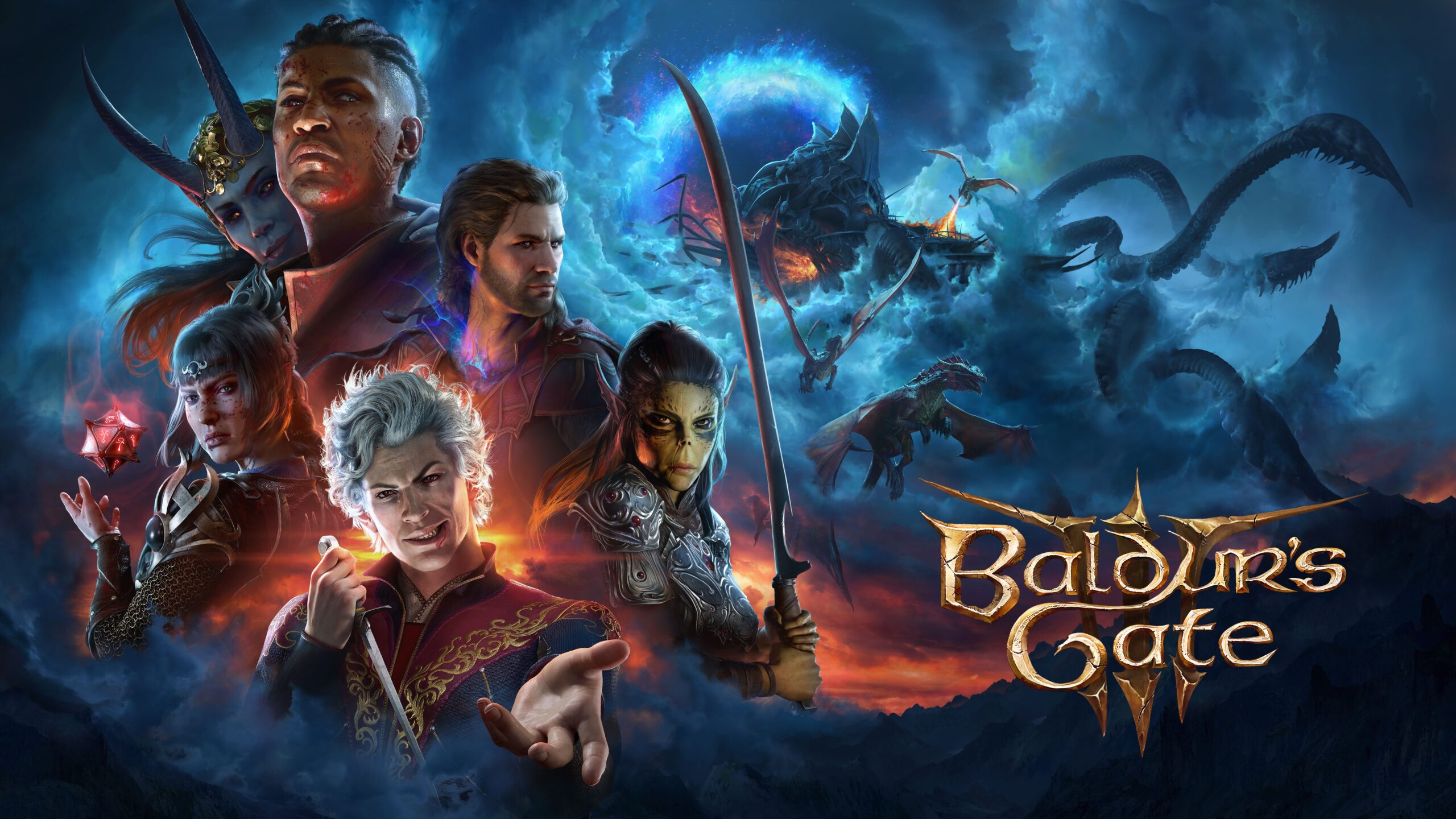
As I read this review I weep as my son Bryan depicts the reality of drug use through clear eyes, not blinders that I wore for many years. I’ve never been more proud.
I commend you Bryan for your honesty and insight about your life and the parallels of the game.